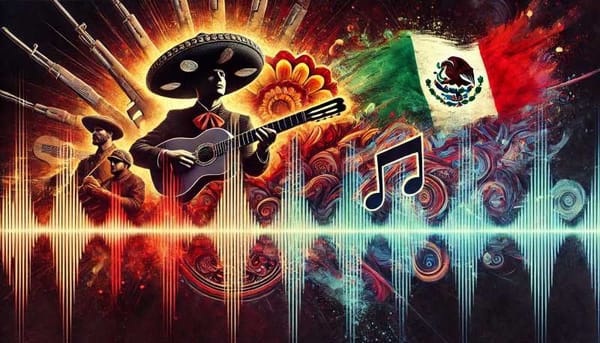How the Spaniards built churches over structures of Tenochtitlan and Tlatelolco
During the Conquest, the Spaniards built 68 temples over sacred structures of Tenochtitlan and Tlatelolco, of which 20 remain standing.

During the time of the Conquest, between 1524 and 1529, the Spaniards built 68 churches over pre-Hispanic buildings that had a sacred character for the ancient cities of Tenochtitlan and Tlatelolco. Of these Catholic structures, built to develop the evangelizing work among the Mexicas, 20 are still standing today and five are partially standing.
The 20 temples that still exist today are: in Tlalelolco, those dedicated to San Francisco Mecamalinco, Santa Ana Atenantitch, Santa Clara Acozac (Our Lady of the Angels), San Miguel Nonoalco and La Concepción Atenantitlan.
While in what was Tenochtitlan, today Mexico City's Historic Center, there are those built in honor of Santa Cruz Soledad Guaucontzinco, San Jerónimo Atlixco, Candelaria de los patos, Magdalena Mixiuca, Santa Cruz Acatlán, San Lucas Quescontitlan, San Pablo Teopan and Santa María Tlaquechiuhca.
As well as those of San Sebastián Atzacalco, San Antonio Tomatlán, San Cristóbal Aztacalco, Soledad Campo Florido Amanalco, Niño Jesús Tepetitlán and Concepción Xoloco.
These colonial constructions reveal the conformation of the neighborhoods, the architectural mestization, and the reuse made by the conquerors of these areas in the center of the country as places for Catholic worship, which to a great extent continues to this day. Of the 68 Catholic constructions referred to, 50 were built in Tenochtitlan, and the remaining 18 were in Tlatelolco, which also meant the beginning of the current religious architecture in Mexico.
The evangelization process was gradual, and even its first stage took place in the teocallis themselves -temples that were dedicated to Mexica deities-, spaces that were reused by friars to transmit the Catholic religion, according to documents of the Franciscan friar Pedro de Gante. Later, these Mexica buildings -which occupied a privileged place within the pre-Hispanic neighborhoods- were demolished, and in their place were built new architectural spaces for evangelization.
It is important to emphasize that the Catholic invocations given to the temples were not a specific substitution of the pre-Hispanic deities, because at the time they were built the friars had little knowledge of the Mexica pantheon, and their only intention was to convert the inhabitants to their religion.
Regarding the architectural styles of the churches built during the first years of the Conquest, the single nave without transept, that is to say, without a vault, and the atrium originated from the teocalli square, which was almost always square, stand out.
These two characteristics exemplify the architectural crossbreeding that took place in Mexico, since the nave of the churches -space from the entrance door to the presbytery- is of European origin, while the atrium is pre-Hispanic, demonstrating the fusion of both cultures.
Another peculiarity of these Catholic constructions is that they were created by reusing the stones that made up the pre-Hispanic temples. Almost all of these churches were approximately 25 m long and eight to 10 m wide. The architect and researcher Saúl Pérez, with the consultation of several colonial plans, was able to locate the different churches built between 1524 and 1529.
Among the plans consulted are those of José de Alzate (1789), the plans of Joubert (1772), one of the old Mexico City (1861), and those of the architect Luis González Aparicio (1968), contained in his work Plano Reconstructivo de la región de Tenochtitlan al comienzo de la Conquista (Reconstructive Plan of the region of Tenochtitlan at the beginning of the Conquest).
Research has provided the location of the teocallis and the erection on them of several churches, some still existing today, which provides a better explanation of the process of evangelization during the early years of the Conquest, one of the most interesting historical periods of Mexico.
Source: INAH




